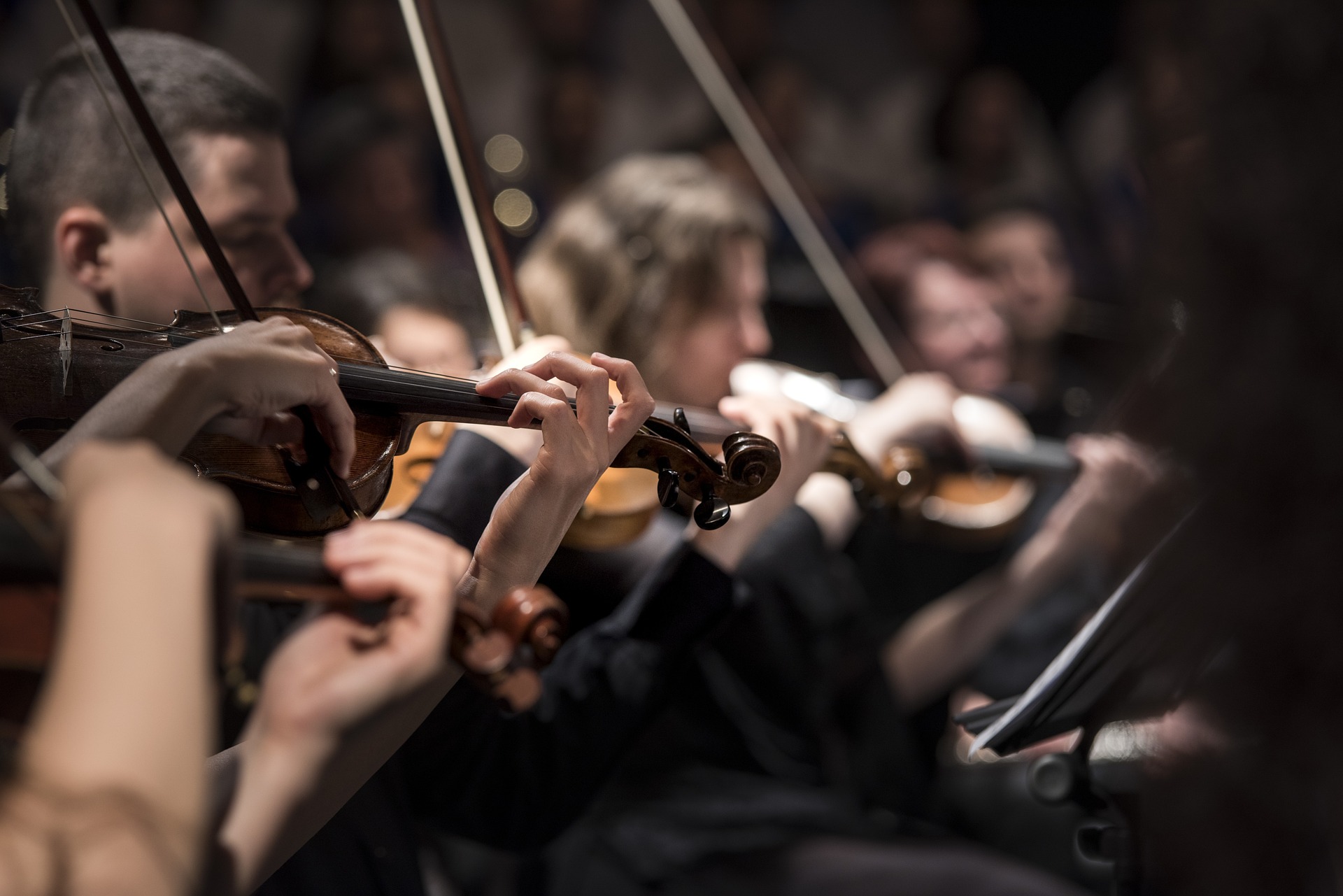Decoding the Artistry of Cinematic Scores: The Unseen Star of Film
The score of a film is a subtle yet powerful force, shaping our emotional responses, drawing us deeper into the narrative, and often overlooked in favor of more visible elements of filmmaking. This article delves into the world of cinematic scores, exploring their historical evolution, their current trends, and their future potential.
A Symphony in Shadows: The History of Film Scores
Cinema’s early years were silent only in name. Live music accompanied the flickering images, providing atmosphere and emotional depth. As technology advanced, the music became an integral part of the film itself, with great composers like Max Steiner, Bernard Herrmann, and later John Williams, leaving their indelible mark on the industry. These pioneers understood that film music wasn’t just about setting the mood—it was about creating a unique language that could communicate beyond words.
Charting the Present: Current Trends in Film Scoring
In recent years, film scores have seen a surge in experimentation and diversity. Composers like Hildur Guðnadóttir (Joker) and Ludwig Göransson (Black Panther) are pushing the boundaries, blending traditional orchestration with modern electronic elements and indigenous music. The result is a more complex and textured sonic landscape that reflects our diverse and evolving world.
The Impact and Significance of Film Scores
The impact of a compelling score can’t be overstated. It can elevate a good film to greatness, rescue a mediocre one from obscurity, and forever etch a scene into our collective memory. Consider the ominous two-note motif of Jaws, the soaring heroism of Star Wars, or the melancholic beauty of Schindler’s List. These scores have transcended their films to become cultural touchstones.
The Future of Film Scoring: A New Frontier
As technology continues to evolve, so too does the art of film scoring. Composers are increasingly turning to digital tools and unconventional sound sources to craft their scores. Artificial Intelligence is also emerging as a potential game-changer, with programs like AIVA (Artificial Intelligence Virtual Artist) capable of composing music. However, the future of film scoring isn’t just about technology—it’s about embracing diversity and new voices, giving us a richer, more resonant cinematic soundscape.
The Unseen Star of Film
Film scores are an essential and often overlooked aspect of filmmaking. They guide our emotions, deepen our understanding of the narrative, and often linger in our minds long after the credits roll. As we continue to explore new frontiers in technology and inclusivity, the art of film scoring promises to deliver even more innovative and impactful sonic experiences. If cinema is a feast for the eyes, then the score is the symphony that fills our ears, reminding us that great art appeals to all our senses.
In conclusion, the next time a film moves you, take a moment to consider the unseen star—the score. Its contribution may be understated, but its impact is undeniable.





